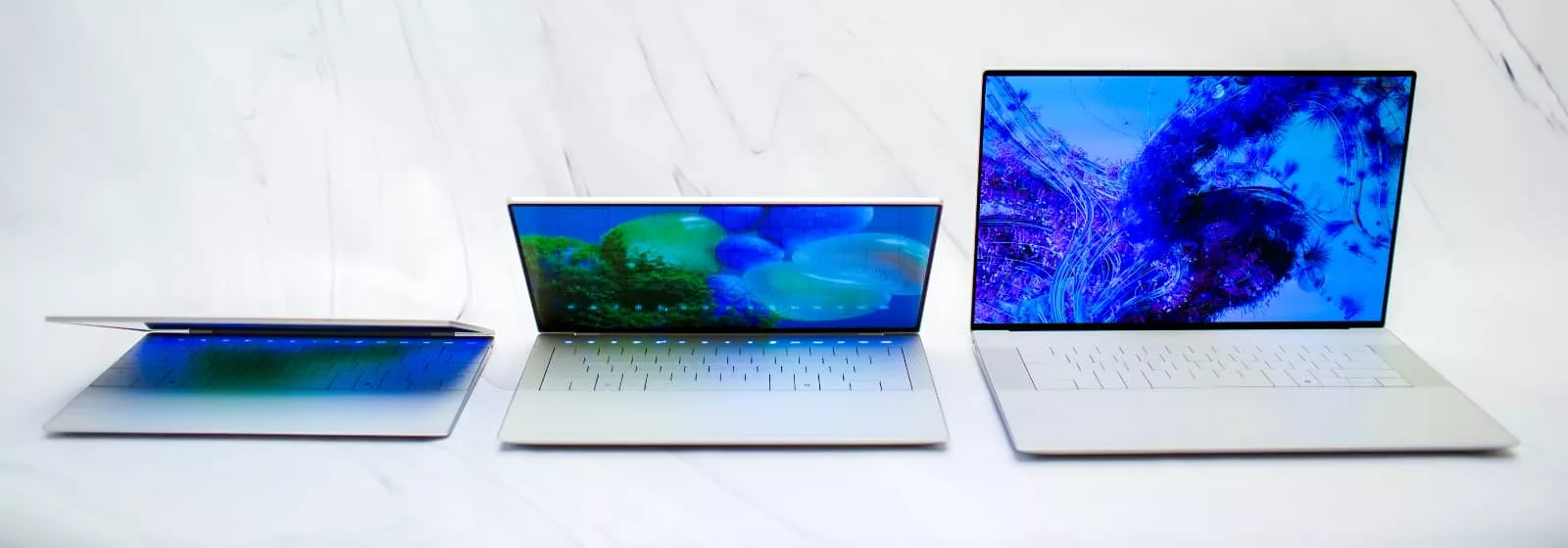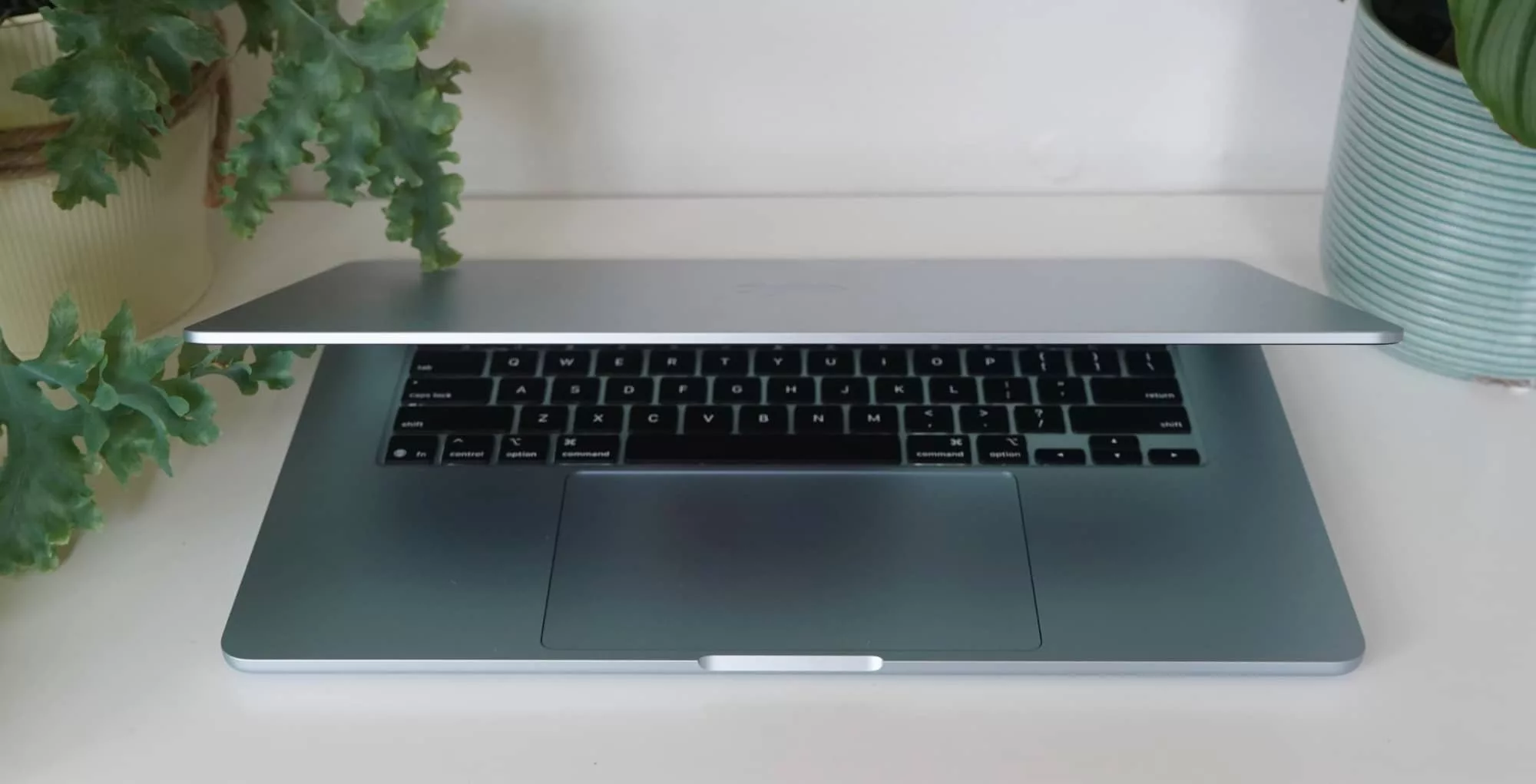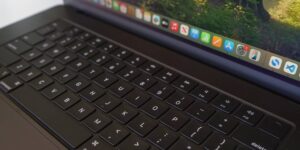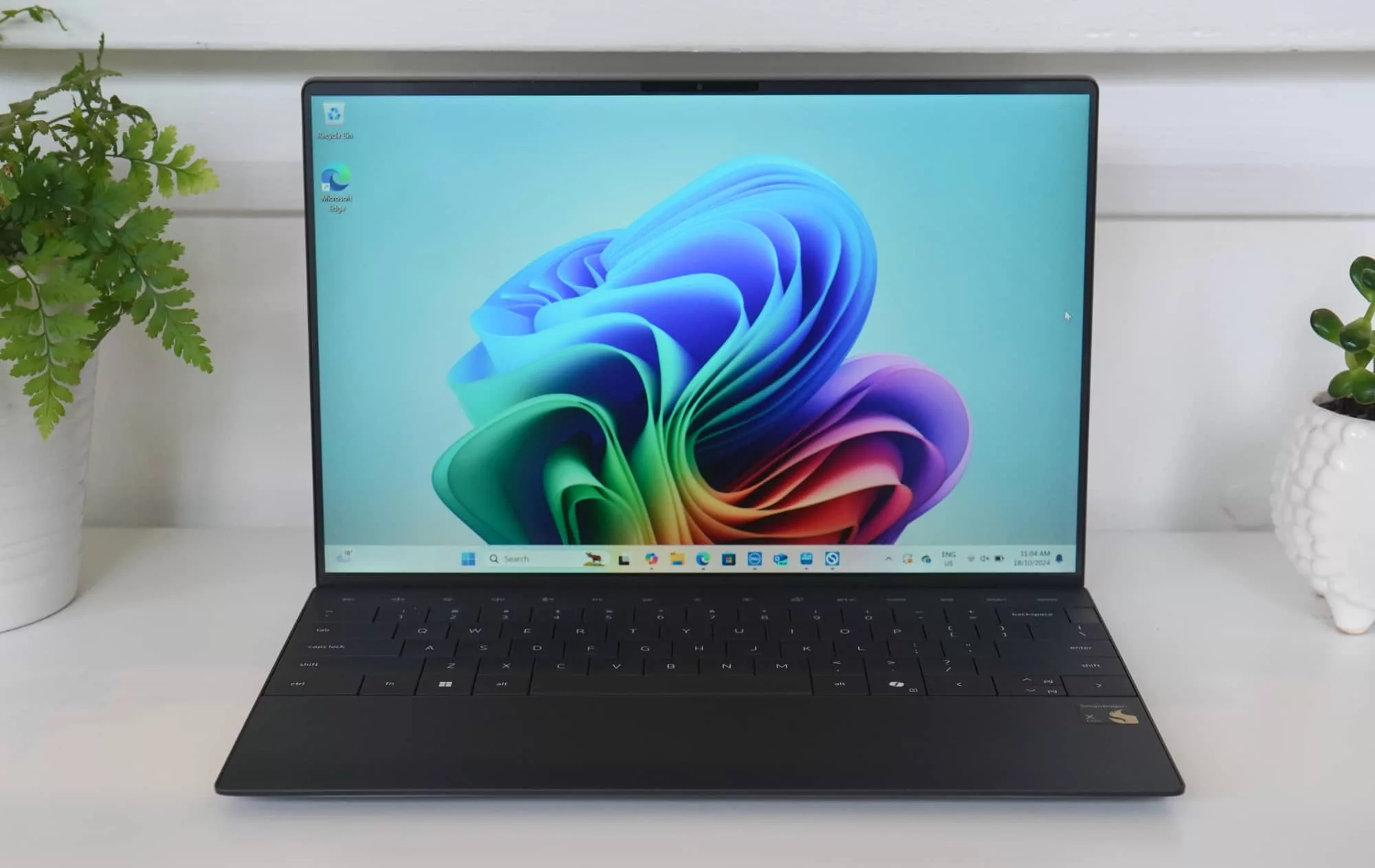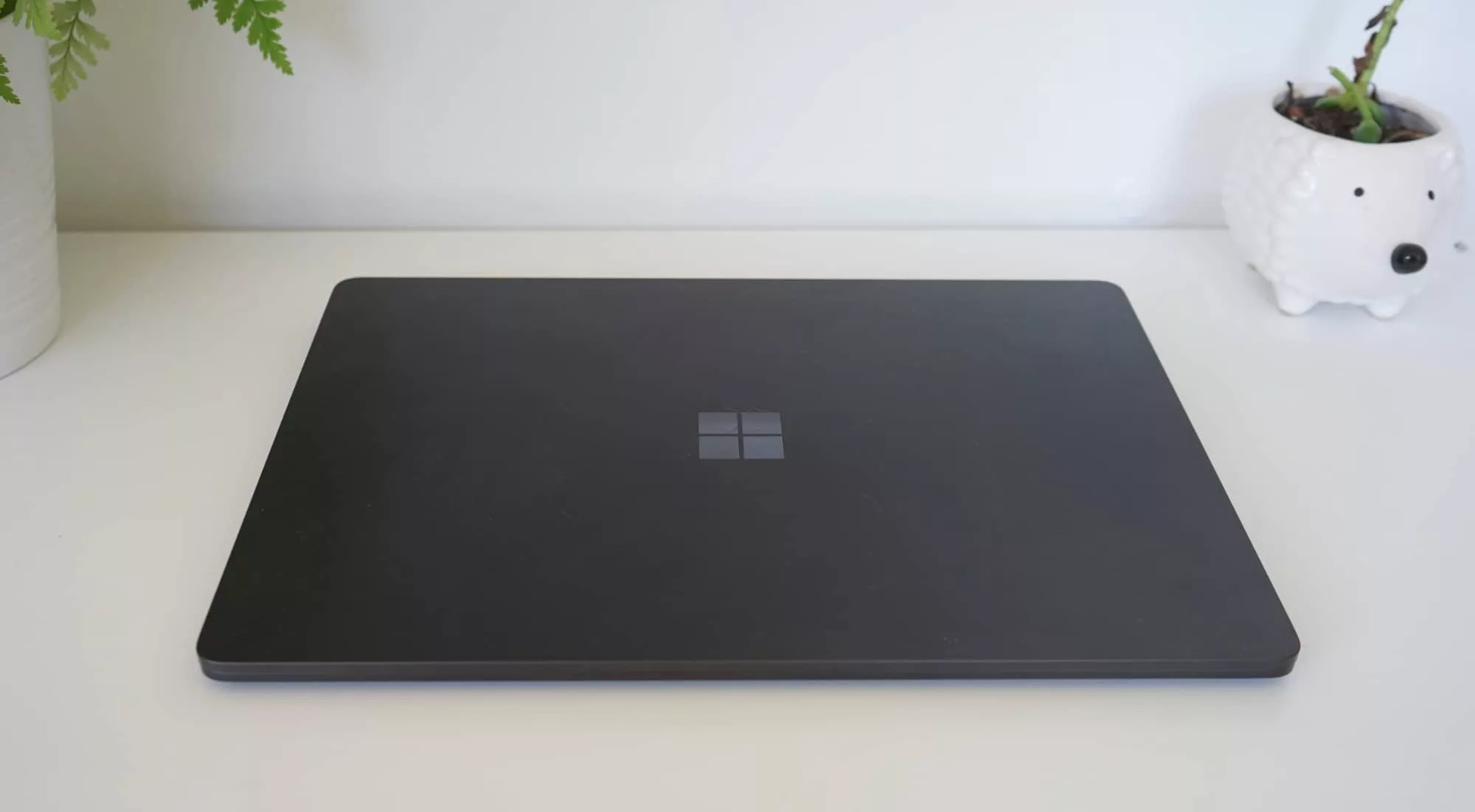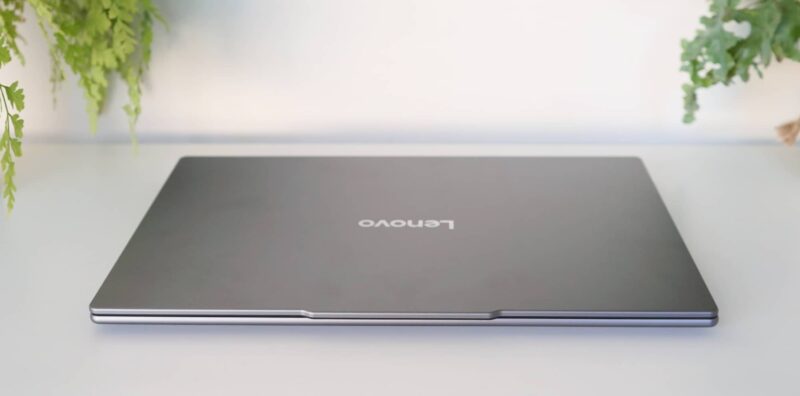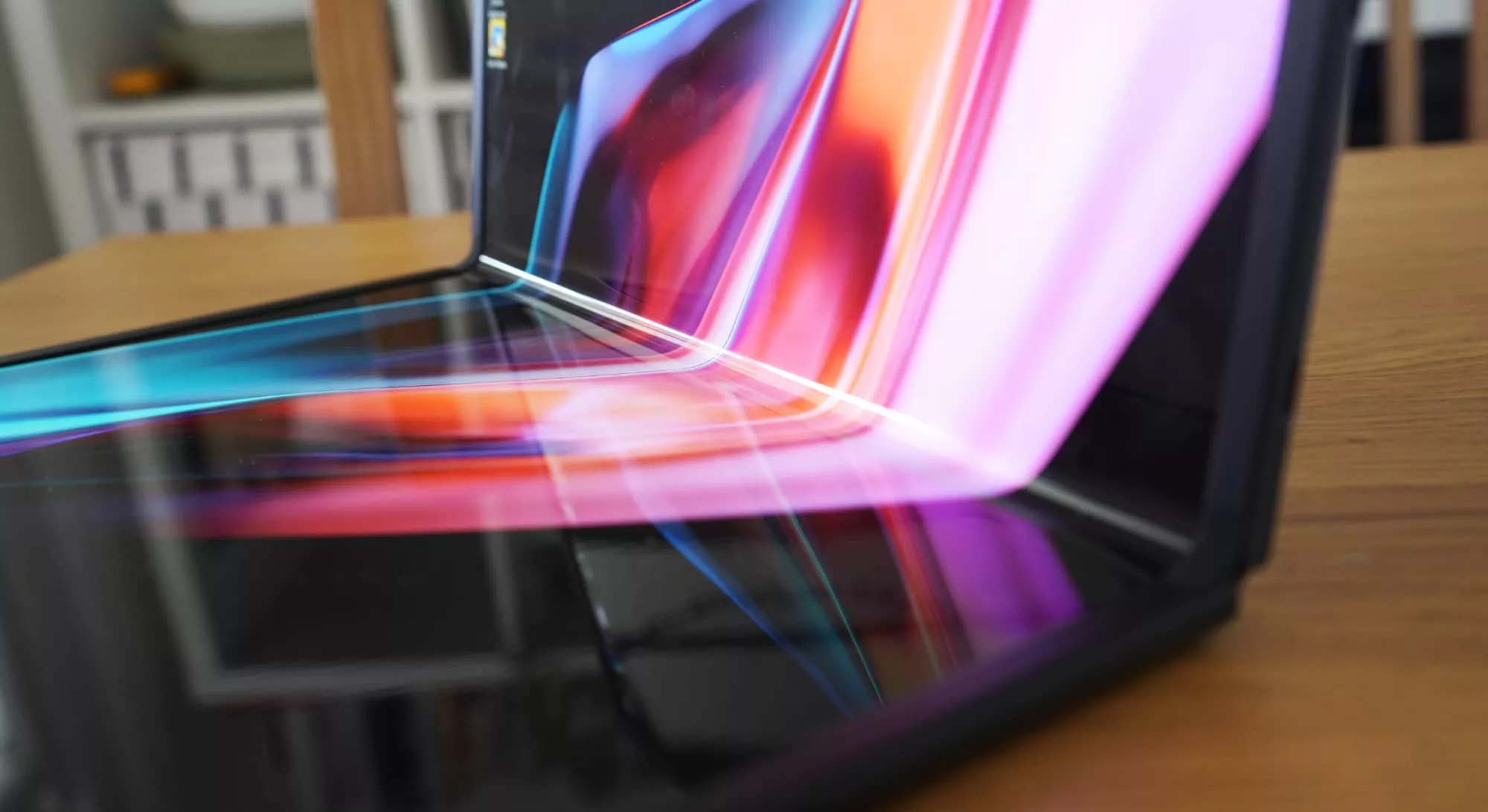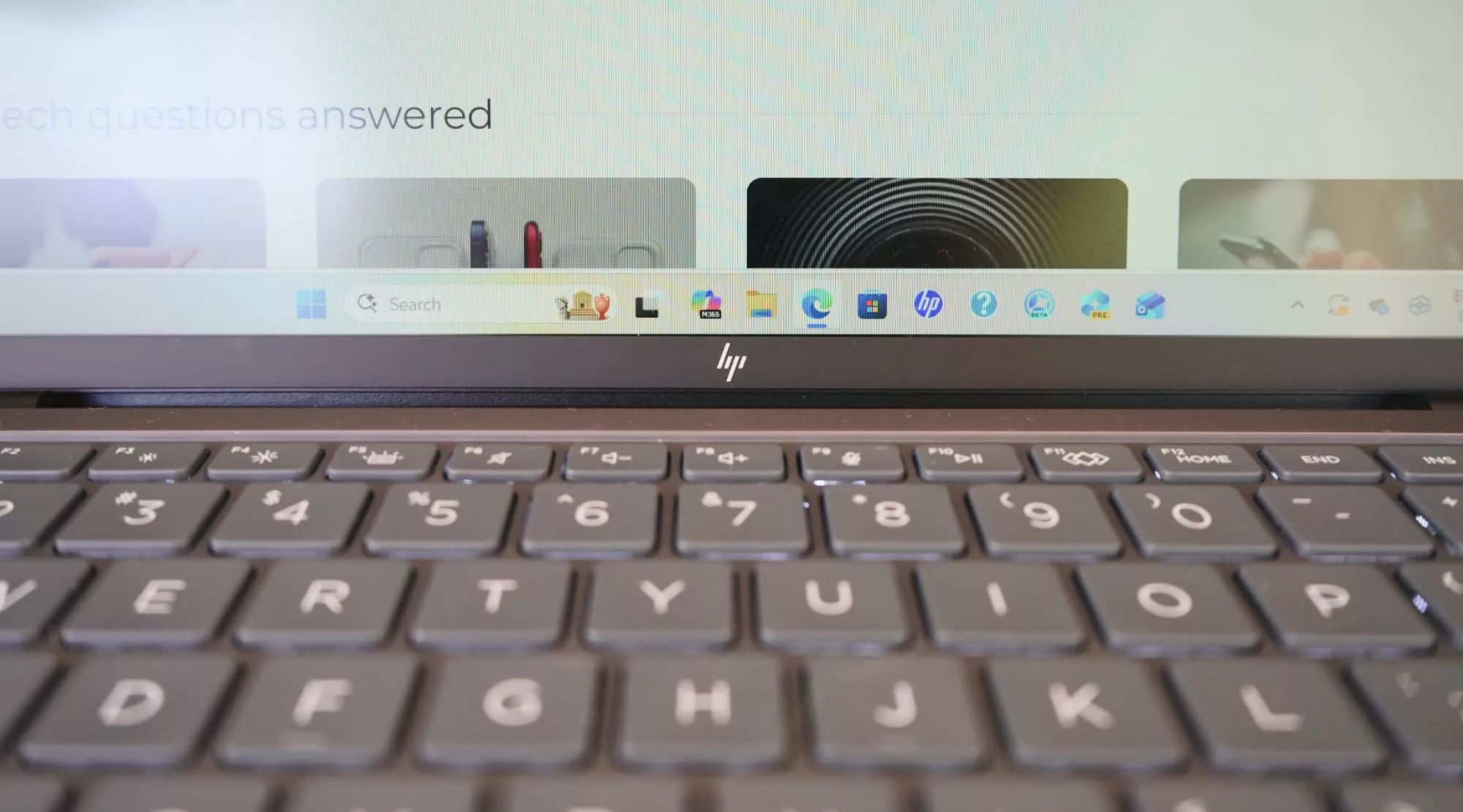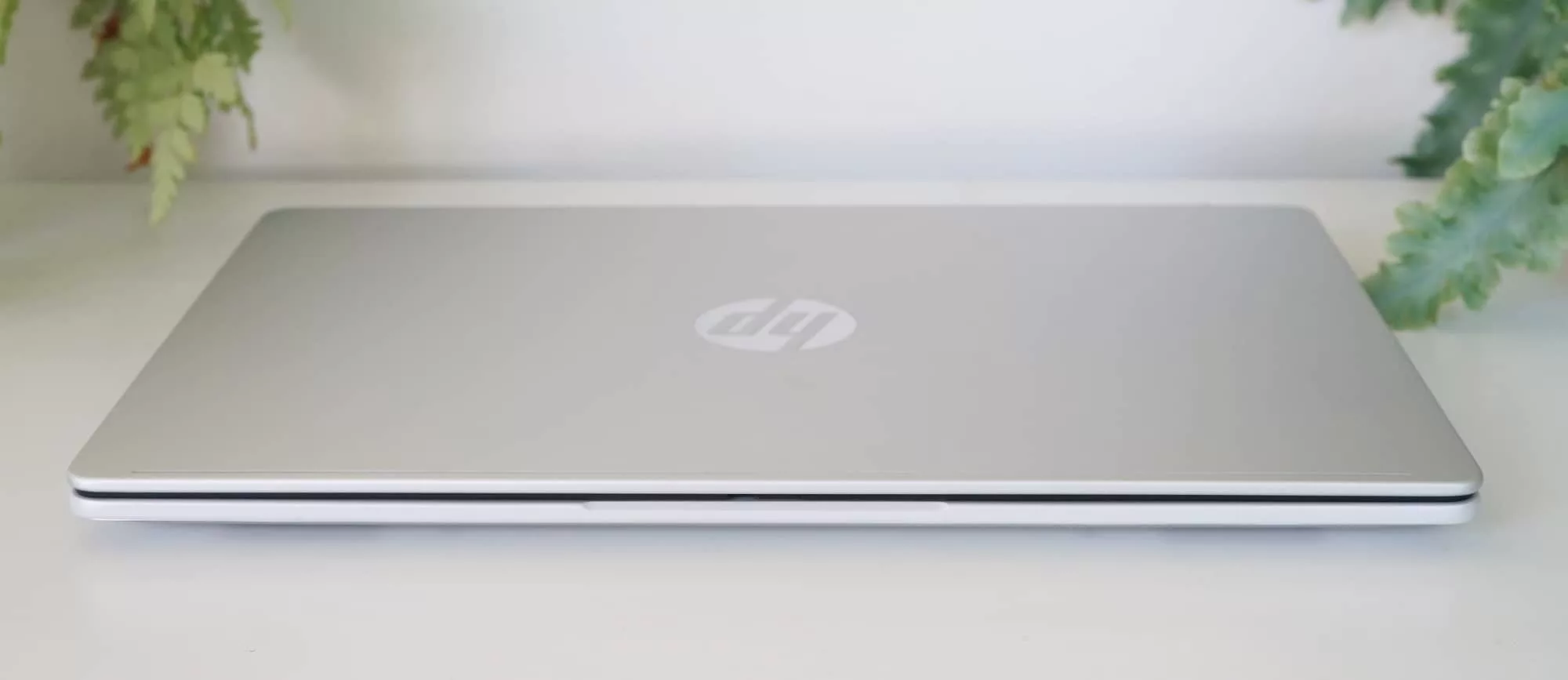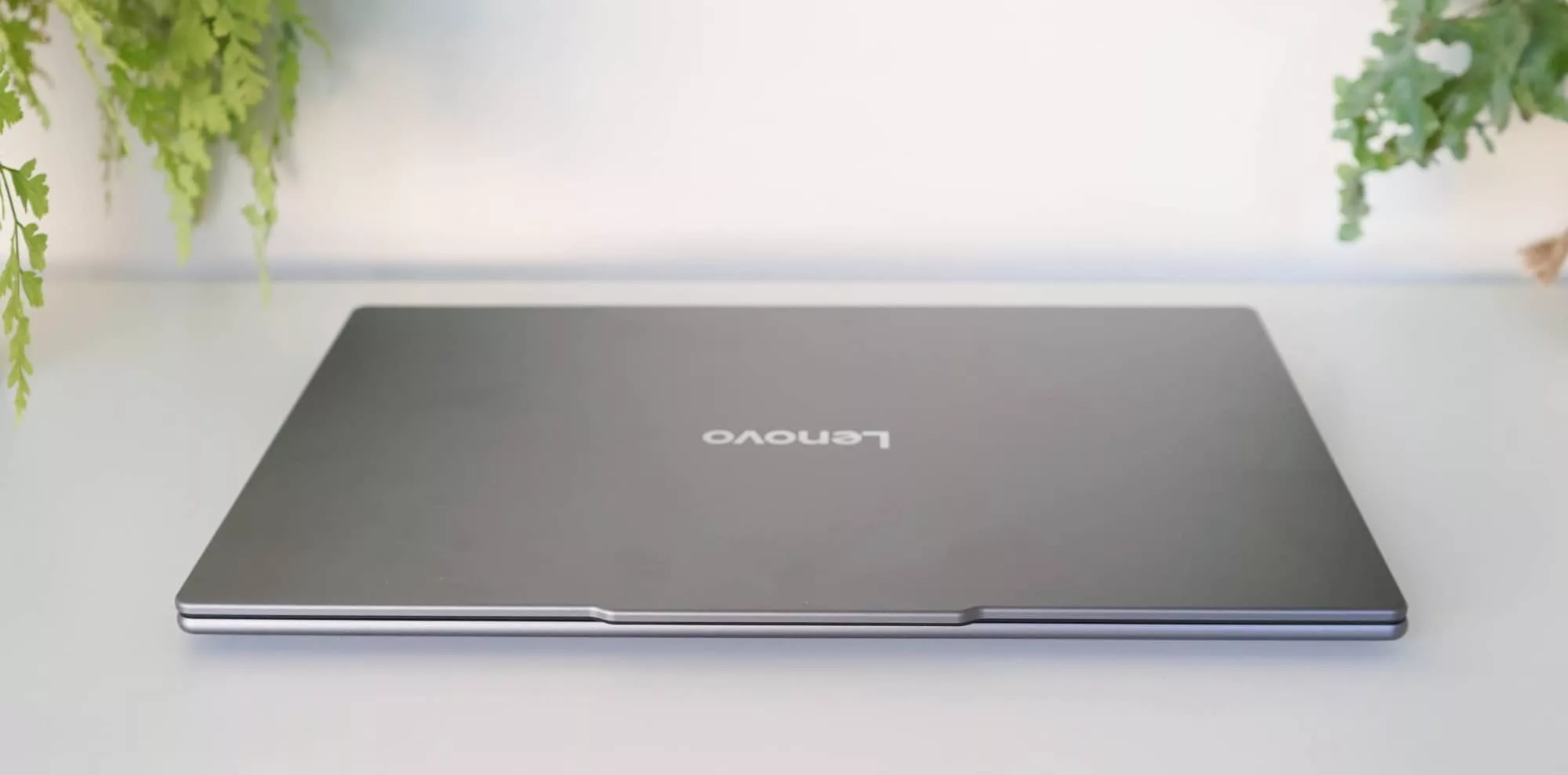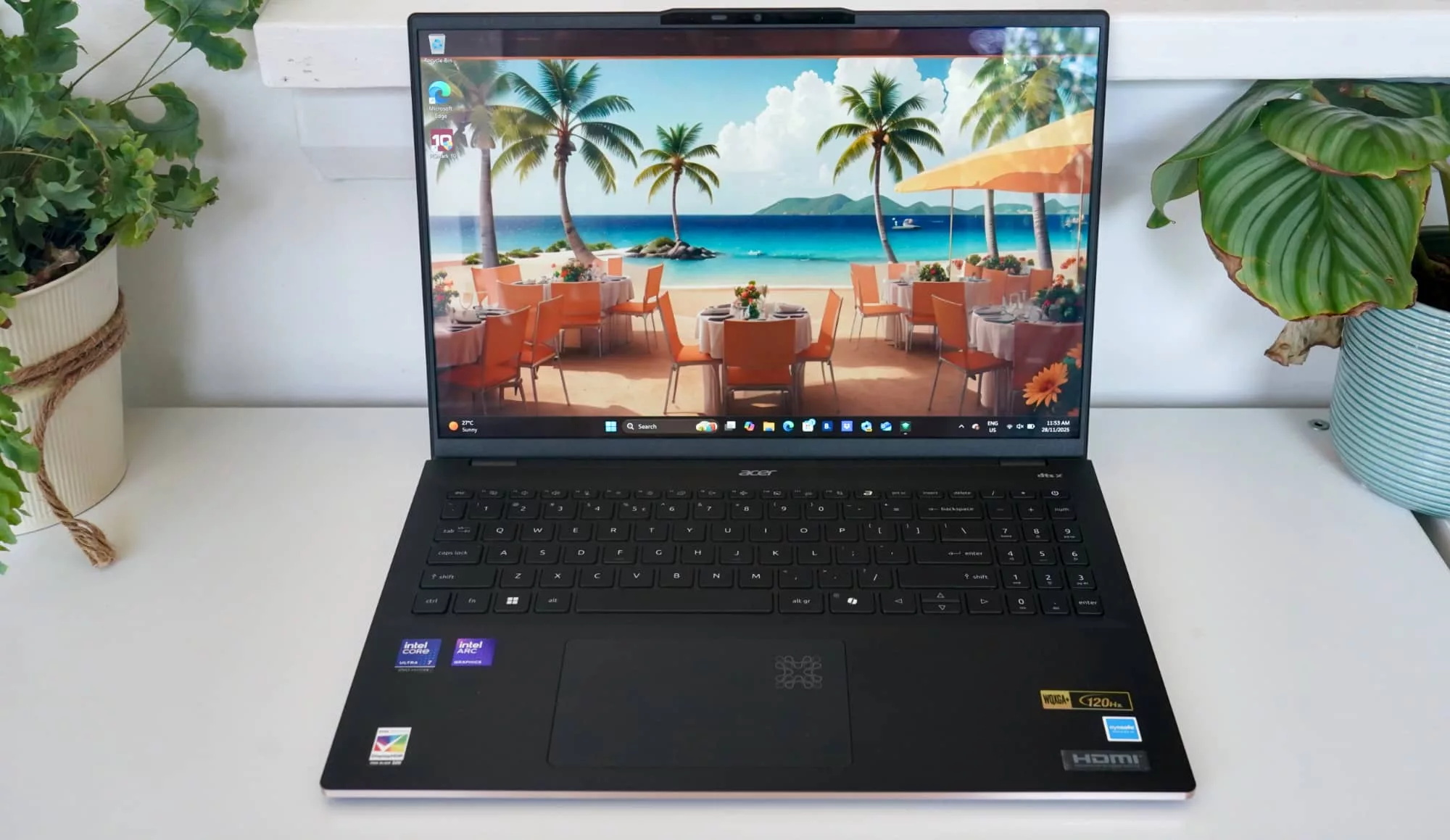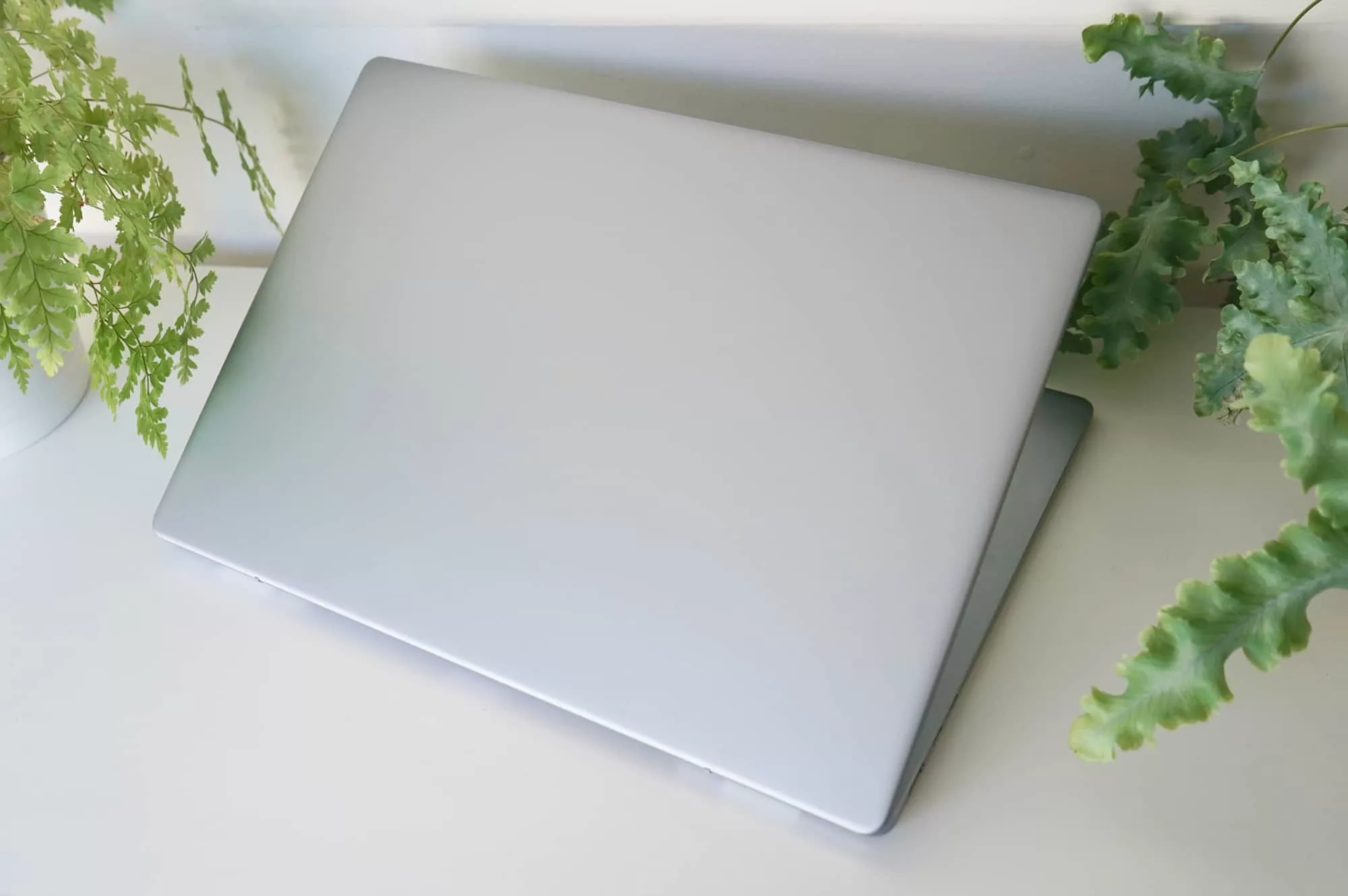By Leigh :) Stark, an award winning reviewer and technology journalist with over 18 years of experience in computer news, reviews, and analysis.
Updated last:
The year is constantly happening, and we’re constantly reviewing the gear that comes out. That includes laptops from a variety of manufacturers, covering all sorts of prices and uses.
So what are the best laptops of the year? And how do you buy a laptop?
Consider one of the best laptops right now
Before diving into how you pick a laptop, consider some of the best laptops right now with Pickr’s recommendations. Mac and PC, these are among the best portable computers you can find right now, based on our reviewing methodologies, ordered from best to still pretty great, and regularly updated.
How to pick a laptop
While our best computers can give you a bit of a shortcut in to finding something great (and evaluated by our methodologies), another option is to work out what you want and pick something by focusing on a specific set of requirements.
Consider the size of the laptop, the main focus for what the laptop will be used for, and also the price. Marry all three of these qualities up, and you’ll find a way to your best laptop. From there, you simply need to compare that laptop against any reviews, and you should be one step closer to deciding on a notebook worthy of spending money on.
Buy on size
The first feature worth considering is size: simply how big of a laptop do you want to carry with you?
The size of the screen affects overall portability, but it can also change the available space for apps, readability, and even battery life.
10-12 inches
If you’re looking for a truly portable laptop, you’re typically going to look for the smallest size you can find, and that will likely be a very short search. Properly pint-size portables fit in the 11 to 12 inch size, with tablets taking most of these options.
For a time, the humble Netbook offered a 10 inch Windows computer, not to mention the number of Chromebooks found in that size, but these days, 10 inch laptops are a bit of a relic. They just don’t exist anymore.
Small laptops usually start in the 11 to 12 inch sizes, and are often tablet-based windows laptops with an optional keyboard. Microsoft makes a 12 inch Surface Pro, as have Lenovo and HP, while the rest of what makes up the 11 to 12 inch space is typically tablet based.
An 11 inch iPad Air and 11 inch iPad Pro are among the first to come to mind, but you can also find Android tablets in the same space, and possibly a few other random machines here and there if you look.
13-14 inches
The most common space for laptops is the 13 inch and 14 inch point, which for many is seen as the sweet spot for portability. Screen sizes in the 13 to 14 inch bracket actually range between 12.9 and 14 inches, but for the sake of this argument, it’s 13 to 14 inches.
Why is this the sweet spot? Largely because of the type of compromises you can put into a laptop of this size.
For one, laptops sized between 13 and 14 inches are more portable, while still able to pack in the sort of power larger laptops offer. The screens are also often a better quality, delivering Full HD resolutions and higher, which in these screen sizes display a greater amount of pixels per inch, a level of clarity that makes the screens look better overall.
Notebooks sized between 13 and 14 inches are often among the best laptop options computer makers offer, even if they’re not necessarily as big as other models. They’re portable and well balanced on the spec sheet, making them the better option for many when considering a laptop.
15 inches
If you need a bigger screen than the sweet spot of 13 to 14 inches, but also want to save money, you probably want to consider a 15 inch laptop, a screen size that more often than not (particularly these days) implies saving money. However, it’s not the only 15 inch laptop you can find.
15 inch laptops typically come in two forms:
- Budget computers with big screens, and
- Premium portable machines made a little bigger
With budget computers, a 15 inch computer almost always offers an HD or Full HD screen, 4 to 8GB RAM, and a reasonable amount of storage, delivering enough computer for a saving, but usually lacking a decent design or premium materials.
On the other side of the coin, however, a premium 15 inch laptop typically takes what works in premium 13 inch laptops and makes the screen and battery life a little better, such as how the 15 inch MacBook Air is a slightly bigger version of the 13 inch MacBook Pro, a process Microsoft also follows with its Surface Laptop models.
16 inches
It may only seem a little bit bigger, but the 16 inch laptop is currently the size for large and capable content creation machines, for a breed of computer that may as well be a high performance laptop.
Not so long ago, it was where 15 inch computers sat, but now that the 16 inch laptop is a thing, the difference is clear: most 15 inch notebooks can retain the cost-effective approach to big laptops, while the 16 inch variety often screams hefty performance by comparison.
So what can you expect in these larger laptops?
By comparison, 16 inch laptops tend to not only come with an obviously larger screen, but a larger battery and usually more power under the hood. Bigger, meatier processors, the capacity for more storage, and more often than not, more in the graphics department than their smaller siblings.
17 inches and higher
The biggest breed of laptops are typically for large workstations or gaming machines, setups where you’re intentionally looking for a large screen because you want more screen real estate.
If you need something bigger than 16 inches, what you’re looking for is known by another name: a desktop replacement.
A larger screen is merely one part of the package. That larger tray for the computer parts inside means manufacturers can pack in the sort of gear that makes for high performance laptops: the biggest and fastest processors, extra cooling for when they get hot, and larger video chips that also may need their own cooling systems.
Laptops sized to be 17 inches and higher are often big computers made to take with you, and will typically come with a high price tag and a sizeable weight, as well.
Buy on feature set
Size is one approach to consider, but there’s also use. Specifically, what do you primarily plan to use your laptop for?
Work and play are often totally different when talking laptops, but the purposes can become even more granular than that. Consider a laptop for productivity different from one used for the creative arts, and different again for kids and gaming.
Deciding on your main purpose can play a part of which laptop you choose.
Productivity
For many of us, productivity will be the main reason we use a computer, which means work, work, and then just a little more work to round things off. Writing documents, checking and replying to emails, and web browsing will make up the crux of a laptop for work, with Office apps aplenty.
Pretty much any laptop will fit the needs of work and productivity, though if you’re travelling with the laptop, you may want to consider one that won’t weigh you down too much, maxing out between 1 and 2 kilograms.
Recommended Minimum Specs
Laptops focused on productivity may as well be every laptop, but there are some things you’ll want to consider. While the CPU isn’t likely to be a strong consideration, and you won’t need a graphics chip, try to have between 8GB and 16GB RAM to account for an excess of browser tabs and larger spreadsheet files.
Creative Arts
Artists, designers, graphic editors, and video editors can all be pushed together into the “creative arts” category, but if you’re buying a computer specifically for this, you’re probably doing a lot of these things, if not all of them.
Creatives are a little like a unicorn in their skillsets, and are always evolving. It’s not just design, but a bunch of other things, each needing some pretty hefty requirements for the apps they need.
For instance, Adobe’s apps for the creative arts like to have decent amounts of memory for the big files they run, while the storage you’ll need is sizeable, as well. And if you happen to be doing video editing, animation, or post-work in films and such, you may also need a decent video chipset helping you out.
When buying for the creative arts, consider a Windows laptop with a discrete graphics chip (such as an AMD Radeon or Nvidia GeForce variation), or an Apple laptop with the word “Pro” in its name. A “discrete graphics chip” is just another way of saying a chip made for graphics on a laptop. It’s a little like an external graphics card on a desktop, only because laptops don’t have external graphics, they have “discrete graphics”. In short, look for an AMD or Nvidia graphics chip if you need “discrete graphics” on your laptop.
And with regards to laptop size? The size doesn’t typically matter: you can be a content creator on any size, but the power of your machine will.
Recommended Minimum Specs
Notebooks made for creative and content makers should include at least 16GB RAM and at least 1TB storage. The memory will give you the bandwidth to work with meaty files, while the storage is particularly notable, as files for creative pursuits tend to be sizeable.
Large images, big sound files, and positively massive videos mean you need lots of storage if you’re going to buy a laptop for creative reasons. Depending on what you’re doing, you may want a laptop sized from 14 inches and higher, just because it’ll give you more screen real estate to work with.
Workstations
If you’re working with a lot of data, 3D visuals, video editing, or even the world of AI, you need a workstation, a breed of high performance laptop with more performant hardware intended for heavier processed.
A workstation usually means a bigger screen, better processor (think a more capable chip, as opposed to being simply faster), more memory, and a decent graphics chip. All of that power results in a portable desktop designed to go.
Recommended Minimum Specs
Consider a workstation with at least 32GB RAM and from 512GB storage. Workstations with more RAM will likely be able to deal with bigger data sets, but if you’re working with AI, 3D, or video, you will also want a discrete video system.
Windows computers will want either an AMD Radeon or Radeon Pro (ideally the latter), while Nvidia graphics chips should be labelled with GeForce, Quadro, or RTX Pro. Apple workstations can work with all manner of Apple M chips, but the better versions for workstations are in the Pro, Max, and Ultra lines of processors.
The same note goes for laptop sizes as creative arts computers, as well: consider laptops from 14 inches and higher just simply because you’ll get a slightly bigger and better screen.
Gaming
If you plan to tackle games and interactive titles on a laptop, you’ll probably need a totally different class of machine, you might want it to be fairly decked out, too.
Gaming laptops are like their desktop counterparts: typically stacked with performance where it counts, primarily in the CPU, GPU, and with a decent amount of memory. They’re often the very definition of a high performance laptop, particularly in the consumer space, and tend to come with colourful LED-backlit keys and fast displays, built to handle games with the best visuals.
Because laptops are a purchase you make sparingly, gaming laptops need to be able to handle games for several years, making them largely time-locked. Your specs have to be suitable for games for longer than a year, which usually means factoring in a graphics chip that can provide performance for at least two years.
Recommended Minimum Specs
Gaming laptops will vary wildly, both on size and spec, but you’re typically looking at 14 and 16 inch laptops with a high-speed processor and a minimum of 16GB or 32GB RAM. Your storage will often start at 512GB, but the biggest emphasis on features will be with the graphics and screen.
Ensure your graphics chip is either an Nvidia GeForce or AMD Radeon, typically with the largest number you can find. The first two numbers represent the generation, while the last two represents the model in the range, the biggest often being the most capable.
Student
Student laptops are not created equal, and the definition of what students will need varies greatly because students are different. But you may want to look for long-term durability for student laptops, particularly because students typically stay students for several years. Buying a laptop each year is an unlikely scenario.

Pickr’s 2025 Back to School Laptop Guide
Recommended Minimum Specs
Consider a student laptop with at least 8GB RAM and at least 256GB storage. Anything lower will likely risk performance issues (low memory) and storage running out.
Kids
Below students, there are laptops for kids, and while kids are all about play, a kids laptop is typically made for school work. When we say “kids”, we’re actually talking about kids in primary school, or K-6.
Kids laptops ideally focus on the size being the most important factor, with less emphasis on chip or memory. Laptops for kids don’t have to be crash hot, and can instead just be capable enough to work, providing room to grow with plenty of storage and the capacity to run productivity apps in a system comfortable enough to carry around.
Recommended Minimum Specs
Because of the lower requirement for kids, laptops for the little ones don’t typically need to be amazing. They should be portable, so the 11 to 13 inch mark is often the best, but they can have less powerful processors to keep them from playing games and instead focusing on school work.
Buy on operating system
You might also decide to buy specifically on the operating system the laptop comes with. And for that, there’s something you need to know:
- Only Apple’s macOS runs on computers made by Apple.
- Everything else typically runs Windows
That means if you want to buy a Mac, you have to buy an Apple computer. And if you want to buy Windows, you’re almost always specifically not buying a Mac.
The top three best Mac laptops in 2025
Apple tends to change its laptops once per year, and these days, they all run on chips made by Apple. The technology typically means features for macOS that you might not find on other operating systems, though they are all different, as well.
Some Mac laptops are better than others, though, so we have a list of the best Apple MacBooks worth checking out that we update regularly.
The top three best Windows laptops in 2025
Like we have with Mac laptops, we also have an always updating list of the best Windows laptops based on what we’re reviewing.
Buy on price
The mysterious and collective “they” say that you get what you pay for, and that can be very true with regards to buying a laptop. Cheap out and you might get trash, but spend up big, and you might also get a lot of tech that you don’t really need.
Sub-$1000
Spend under a thousand dollars, and you’re typically in two areas: cheap-as-chips and student machines. Laptops in this category may be totally fine for your needs, but they will usually forgo better designs, premium materials, and the latest processors.
Under a thousand dollars for a laptop, and you’re largely looking at machines that do the job and work as productivity machines, but that’s largely it. That can be totally fine, of course, with these laptops often 12 inches, 14 inches, and 15 inches.
Up to $2500
The next laptop bracket moves up to where most people look for a modern laptop. Priced between $1001 and $2500, you’ll find quite a few computers, including the latest MacBook Air models, plus a whole bunch of properly portable laptops.
This price point tends to be where the 13 and 14 inch laptops many of us rely on sit, providing the most recent high-speed laptops with excellent battery life, plus a lovely screen in a fairly light design.
Most buyers will likely see themselves in this category, which is right before the “pro” models arrive.
$2500 to $3999
When you’re spending up to another $1500 on top, you’ll find yourself in the “professional” grade laptops. These machines range in size from 14 to 17 inches, and arrive with more storage, more memory, and a slightly better version of both the processors and graphical counterparts to less expensive laptops.
Laptop computers in this neck of the woods are often quite high-end, and focused on individuals who need that little bit more power than everyone else.
Higher than $4000
When you get above the $4000 mark, you’re often in the territory of fast, capable, and made for specific purposes, such as workstations, laptops focused on the creative arts, or even possibly laptops with a unique selling point, such as foldable laptops.
They may come with nicer and more premium materials, more performant hardware, or just a form-factor that makes the laptop a touch more experimental compared to everything else out there.
In short, if you’re spending over $4K on a laptop, you probably don’t care how much you’re spending for your computer, or know you need it and have no choice (or both).
Can a used laptop save money?
While a used laptop can save money, particularly when buying for kids, it’s worth noting that used laptops may not be the best option because hardware can and will stop working. Even if they were once the best laptop, used laptops can still pose problems.
A dead laptop isn’t always easy to get working again, particularly now that so many laptop parts are soldered down and unable to be removed. Years ago, you could remove a laptop hard drive by opening up the body and unplugging the drive, eventually salvaging the files by connecting that drive to a special dock made to use with another computer. These days, not so much.
Storage is often built into the laptop motherboard, unable to be removed. Memory is almost always this way, making it difficult to diagnose issues. Screens aren’t easy to replace, or even intended to.
In short, if a laptop fails from 2020 onwards, you may not be able to bring it back to life.
These are all reasons why a used laptop may not be the best bet for longevity. It may save you some money in the short term, that much is true, but it could also force you to buy another computer later on down the track.


